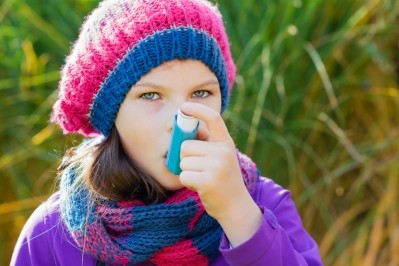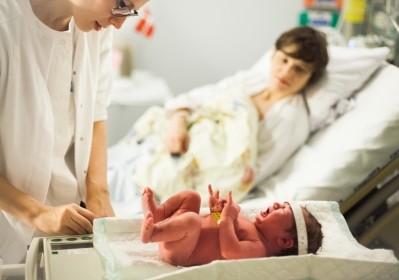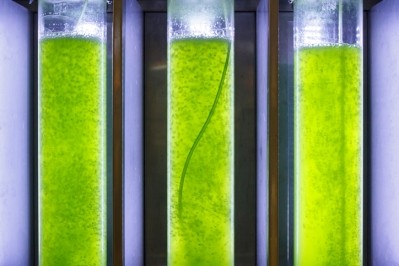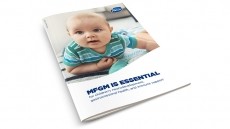Asthma-prone infants aided by gut-boosting probiotic: Study
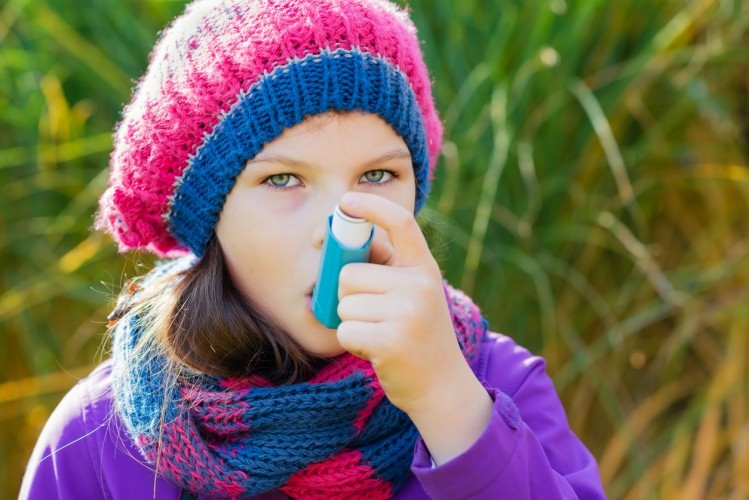
The team demonstrated that early-life gut microbial development was distinct, but plastic, and infants at high risk of asthma were responsive to a daily oral dose of HRLGG.
“Daily supplementation with LGG leads to subtle but important taxonomic and metabolic remodeling in the nascent gut microbiota,” said the study, led by the University of California San Francisco’s (UCSF) Dr Susan Lynch.
“[LGG] also promotes induction of T-regulatory populations ex vivo, but that these effects appear to be contingent upon sustained supplementation.”
The T-regulatory populations refer to the specialised cells that are said to suppress abnormal inflammatory responses to harmless airborne particles in order to maintain airway tolerance.
Depletion of specific bacterial genera from the infant gut microbiota at 1 or 3 months old is associated with increased risk of asthma development in childhood.
One-month-old infants demonstrate a distinct gut microbiota and faecal metabolome, characteristically depleted of anti-inflammatory compounds and fatty acids.
UCSF microbiota study
Here, Dr Lynch, who is director of Colitis and Crohn's Disease Microbiome Research Core at UCSF, alongside colleagues began collecting stool samples from infants with asthma (sample size = 25), who were randomised to either receive daily oral HRLGG supplementation (strain ATCC 53103; at 1 × 1010 CFU; n = 10) or placebo (HRP) (n = 15) for 6 months, and healthy (HC) infants (29).
Repeated stool samples were collected from all participants at standardised times (birth, 1, 3, 6, 9, and 12 months of age) and subjected to microbiota profiling and, in subset of 6 and 12 month samples, to LC/MS metabolomic analyses.
Questionnaires were carried out during the study to gather demographic, disease, and dietary data.
All subjects were found to have developed bacterial diversification and microbial succession during the first year of life.
In comparison to their HC peers, HRP subjects demonstrated ‘delayed gut microbiota diversification’ during their first 12 months of life due to lower gains in community richness and evenness.
In contrast, HRLGG subjects demonstrated a rate of bacterial gut microbiota diversification comparable to that of the HC group.
However, LGG supplementation was only able to address deficiencies in community evenness. The team found bacterial richness gains in the HRLGG group significantly lower than in HC participants.
“These data indicate that while LGG supplementation influences taxonomic distributions within the developing HR infant gut microbiota, it fails to mitigate deficiencies in bacterial species accumulation which presumably are sourced from the infant’s local environment,” the team noted.
Age-related dysbiosis
Further analysis of HC, HRP, and HRLGG at each time point, found that both HRLGG and HRP groups demonstrated reduced richness in the first year of life, regardless of nutritional mode.
This suggested that gut microbiota dysbiosis was happening was the HR infants were getting older.
Further results found that compared to HC, HR stools were enriched for Enterobacteriaceae and Bacteroidaceae, but depleted in numbers of genera, including Akkermansia, Faecalibacterium, and Rothia.
“Rothia represents genera previously described as depleted from the faeces of older infants (1 and 3 months old) at heightened risk of atopy, recurrent wheeze, and asthma later in childhood,” the study said.
“Thus, bacterial depletions characteristic of infants at increased risk for childhood atopy and asthma, are evident in the first postnatal stool of HR infants.”
This study was supported by grants from the National Institutes of Health (HL80074 AT004732), the National Center for Advancing Translational Sciences, National Institutes of Health, through UCSF-CTSI Grant Number UL1 TR000004 and Wyeth Nutrition.
Source: Nature Communications
Published online ahead of print: doi:10.1038/s41467-018-03157-4
“Delayed gut microbiota development in high-risk for asthma infants is temporarily modifiable by Lactobacillus supplementation.”
Authors: Juliana Durack et al.
